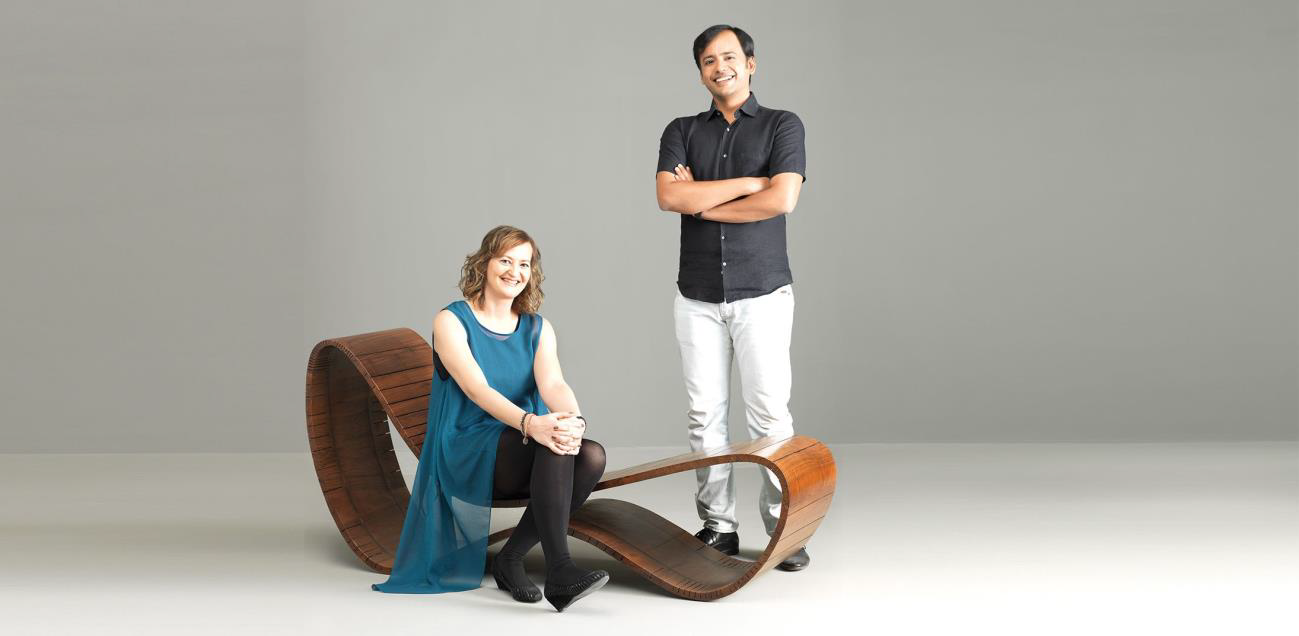Transparence 14.0 : Railport
This course is curated for participants of Transparence 14.0, to help them decode the brief and provide guidelines towards designing Railports.
Keeping up with current times and advances happening across the globe, the infrastructure and facilities in India are getting modernized as well since the last decade. These changes are at par with international standards and have also been contextualized to meet the needs and requirements of users. Join this course to learn how you can design one of the most complex of such facilities: a future ready Railport.
Understand what a modern railway station means and the fundamentals of designing one with experts from the field. As the overall aim of the design competition is to design a Railway Station and do a conceptual level master-planning of the precinct to create an effective and efficient landmark public area in the city, let's pick some tips together from this course!
To register for the competition and download the design brief and site drawings visit: www.ethosindia.in/events/transparence/index.php
The theme of Transparence 14.0 is “RAILPORT: Future-Ready”
Brief interpretation
Curator's address
FAQs
Case Studies and engagement
International Case study: Santiago Calatrava " Satolas TGV Station"
Collective Learning
Instruction for upload
Upload Case Study
Station Design
General Design Factors_ please view the pdf for more details
Platform Design
Design manual by Indian Railways
Long Span Structures
More details
Lectures

Studio Symbiosis

Studio Symbiosis Architects is a multi-disciplinary architectural practice based in Delhi, London and Stuttgart with focus on cutting edge contemporary architecture, co- founded by Amit Gupta and Britta Knobel Gupta. They have completed their post-graduate degrees from Architectural Association London and have worked with Zaha Hadid Architects on many internnational award winning projects.
Studio Symbiosis has won International Competitions to design Gwalior Railway Station and Bengaluru’s Baiyappanahalli Railway Station in the recent past. Their design philosophy is to create integrated design solutions imbibing amalgamated, efficient, robust and sustainable designs leading to performative architecture. The research and intent of the practice is to create performance as a design driver, to achieve sustainable and smart buildings.
What can I expect from the course?
Listen to insights from a team of Architects who are pioneers in Railway Station design
Look at case-studies from different parts of the world.
Guidelines for designing of station premises and platforms
Answers to FAQs related to the Transparence 14.0 brief